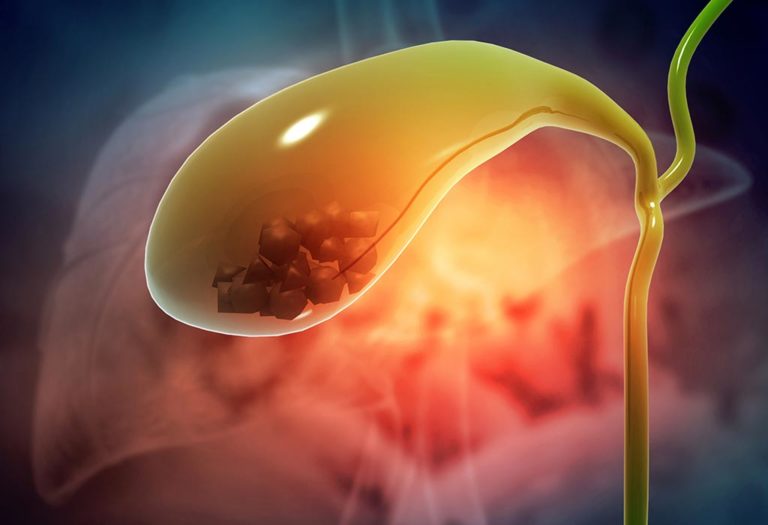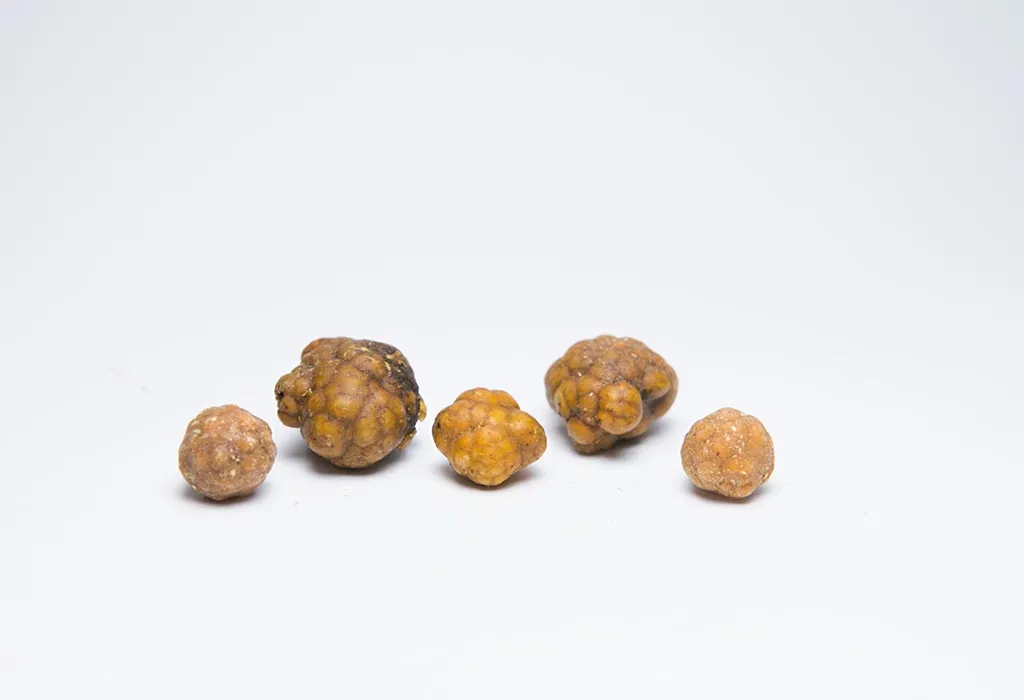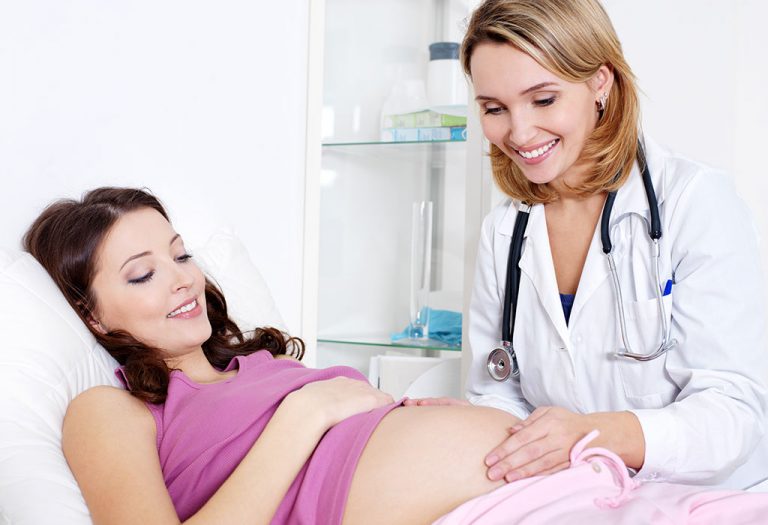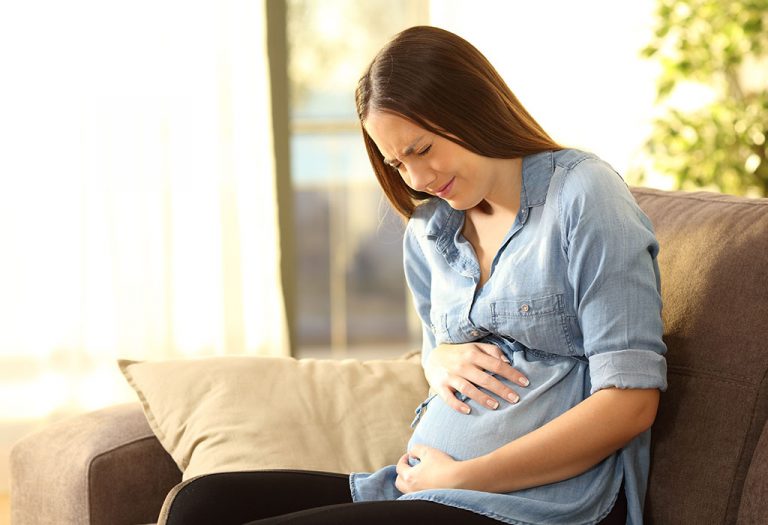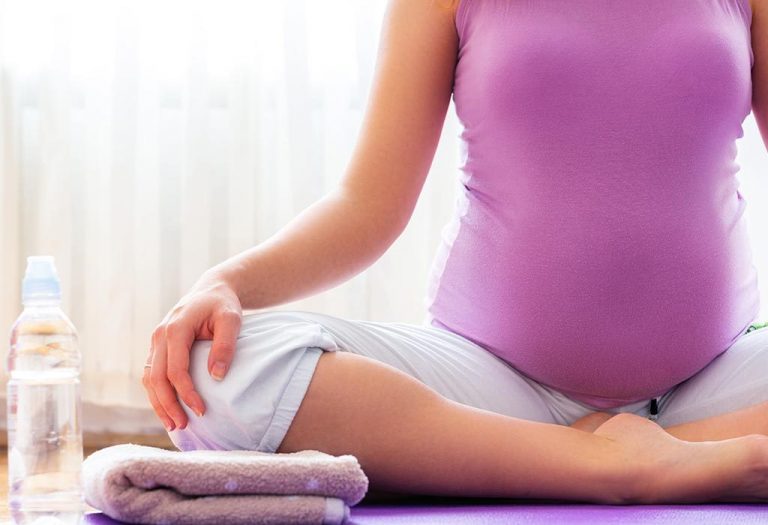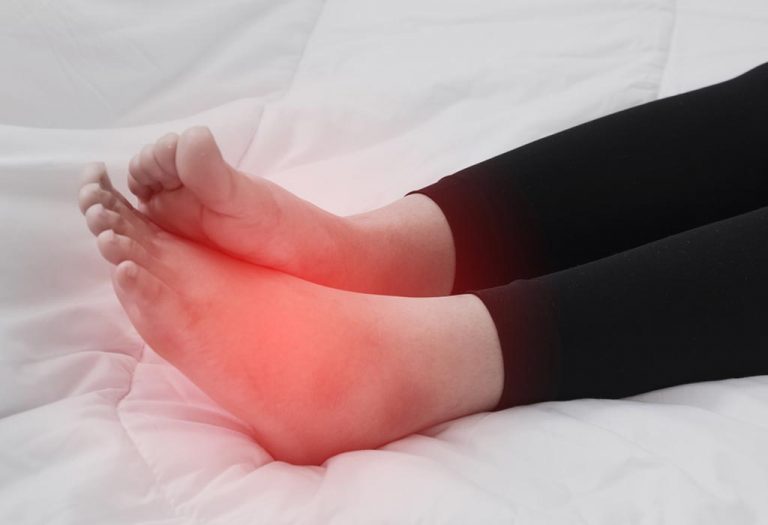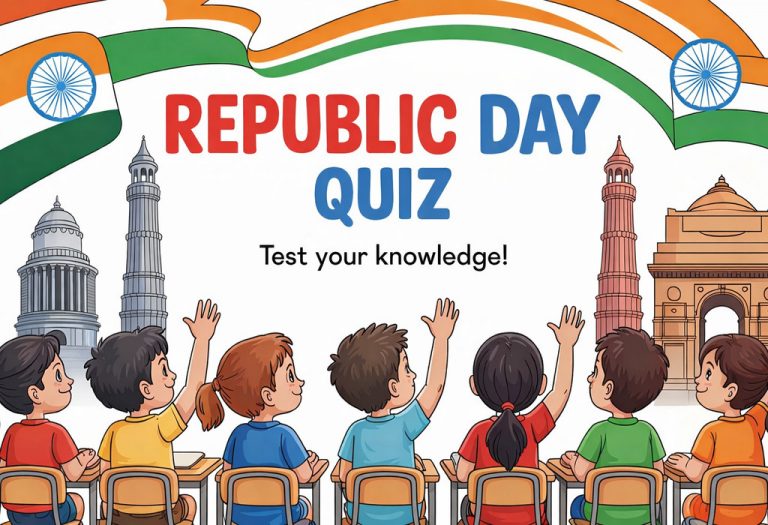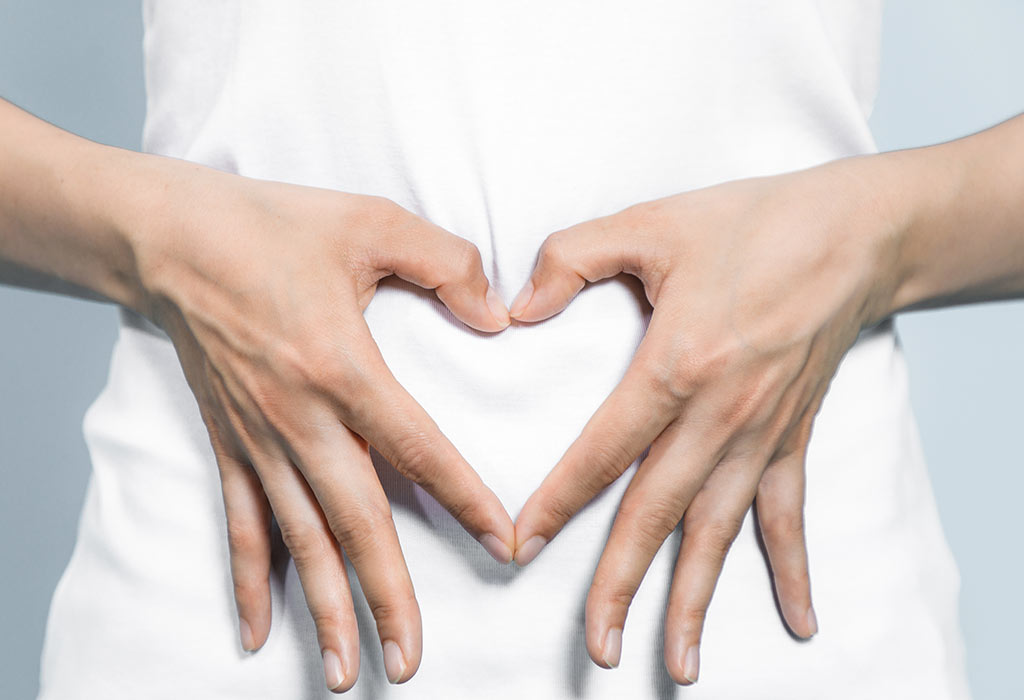Gallstones in Pregnancy – Symptoms, Causes, Treatment & Prevention
Gallbladder discomfort occurs most often during pregnancy due to acute cholecystitis, a condition that can be particularly concerning for expecting mothers. It is an inflammation of the bile duct exacerbated by cholecystitis bacteria, which may lead to complications such as gallstones in pregnancy. Although several therapies are available, most people choose natural methods to cure their gallbladder disease, leaving the biliary sludge more prone to other illnesses and difficulties during pregnancy. Gallstones in pregnant women can worsen symptoms, making early detection and management crucial. Hormonal changes during pregnancy can slow gallbladder function, increasing the risk of bile buildup and discomfort. Keep reading to know how to treat and avoid gallbladder discomfort during pregnancy and reduce the likelihood of developing gallstones.
What Is a Gallbladder?
The gallbladder is a small sac present under the liver that houses gallstones. The gallbladder is a storage organ for extra cholesterol and bile. When you ingest cholesterol-containing fats, your liver releases cholesterol into the small intestine, where it is needed for digestion (1). Occasionally, the liver creates more cholesterol than the body requires, and bile is secreted to store it. Then, when you ingest more fat-containing foods, your liver further breaks down cholesterol, releasing additional bile into your bloodstream for digestion. However, a gallstone may sometimes store fat from other sources in its gallbladder.
Gallbladder Disease Types During Pregnancy
While pregnant, women suffer from gallstones and other gallbladder-related diseases, such as:
1. Anaemia (biliary colic)
With serum iron levels below normal, anaemia is a common disease caused by gallbladder problems in pregnancy. It acts as a catalyst for nitric oxide synthetases (NOS), which produce nitric oxide.
2. Gallbladder Infection (cholecystitis)
Common gallbladder disease is cholecystitis. While gallbladder inflammation may be transient or persistent, gallstones induce acute cholecystitis. A tumour or other ailment may cause it.
3. Bile-duct Blockage (choledocholithiasis)
This is a gallstone stuck in the bile duct. Choledocholithiasis is the medical term for this disease. A stone in the pancreas, liver, or digestive tract may cause serious injury.
4. Pancreatic Inflammation
Upper abdomen discomfort is one of the indicators of chronic pancreatitis. Irritable bowel syndrome (IBS) with non-effort weight loss.
5. Cholangitis
The bile ducts are inflamed from the liver and gallbladder into the small intestine through the bile duct system (the duodenum). Usually, Cholangitis is caused by a bacterial infection that strikes unexpectedly. However, it may be long-term (chronic).
6. Chronic Inflammation or Infection of the Gallbladder (Pancreatitis)
This causes pancreatic enzymes to be redirected back into the pancreas and results in forming gallstones.
What Causes Gallbladder Stones in Pregnancy
Gallstone development has an unclear aetiology at this time. Gallstones are more common in pregnant women, and the likelihood of developing them increases due to the pregnancy itself. Several different factors triggering gallstones are (2):
1. Hormonal Imbalance
The pregnancy hormone estrogen has the side effect of increasing the amount of cholesterol released into the circulation. Progesterone, another pregnancy hormone, relaxes the body’s muscles and inhibits bile production, among other actions. As a result, you may develop gallstones, which are solid deposits of bile in your gallbladder.
2. Increase in Cholesterol
An abnormally high cholesterol level causes approximately one-third of all gallstones in your bile. When your liver releases cholesterol into the bloodstream, your bile contains sufficient components to break down that cholesterol into smaller molecules. However, excess cholesterol excreted by the liver may solidify and eventually form kidney stones if the amount excreted exceeds the capacity of the bile to break it down completely.
3. Excessive Bilirubin
Bilirubin is a chemical produced by your body due to the breakdown of your red blood cells. Various conditions, such as liver cirrhosis, biliary tract infections, and some blood disorders, can cause your liver to produce an abnormally large amount of bilirubin. Gallstones are formed when bilirubin levels are excessive.
4. Bile Concentration
A problem with the way your gallbladder empties is preventing it from emptying. If your gallbladder does not empty entirely or frequently enough, bile can become highly concentrated, resulting in the formation of gallstones.
Symptoms of Gallbladder Stones in Pregnancy
Having gallstones is more common during and after pregnancy because of the hormonal changes during this period. If you have gallstones while pregnant, you will have the same symptoms as everyone else, including (3):
- Right upper abdomen pain or cramping for the duration of pregnancy (biliary colic)
- Chronic and severe pain
- Vomiting
- Fever
- Light-colored feces and urine
- Yellowing of the skin and eyes
- Pancreatic inflammation
- Gallbladder inflammation
- Bile duct blockage
- Gallbladder infection
If you have any of these gall bladder symptoms in pregnancy, you should seek immediate medical attention.
Complications of Having Gallstones During Pregnancy
Gallstones during pregnancy can lead to serious health concerns for both the mother and the developing baby. Here are the complications of having gallstones during pregnancy (4):
- Gallstones can cause intense upper abdominal pain, especially after meals, disrupting daily comfort.
- Inflammation of the gallbladder may occur, requiring medical intervention to prevent infection.
- Blocked bile ducts can trigger pancreatitis, a dangerous condition that may require hospitalisation.
- Gallstones can lead to bile duct infections (cholangitis), posing risks to both mother and baby.
- Severe gallbladder issues may increase the risk of early contractions or premature delivery.
- Nausea, vomiting, and indigestion can worsen, affecting nutrition and overall well-being.
Gallbladder pain during pregnancy can be sharp and persistent, often triggered by hormonal changes or gallstones, requiring prompt medical attention to avoid complications.
How Is a Gallbladder Stone Diagnosed?
Gallstones and issues associated with gallstones are identified utilising a range of tests and procedures, including the following (5):
1. Abdominal Ultrasound
This is the method that is most often performed to look for gallstone symptoms. A transducer (an abdominal ultrasonography instrument) is pushed back and forth across a patient’s stomach area. Impulses are sent to a computer through a transducer, which subsequently creates images of the structures in your abdomen.
2. Endoscopic Ultrasonography
This is a kind of ultrasound used in endoscopic procedures (EUS). During a EUS operation, your doctor will insert an endoscope (a thin, flexible tube) into your mouth and down your digestive tract. During the process, sound waves are created by a tiny ultrasonic device (transducer) within the tube, providing a pinpoint-accurate image of the surrounding tissue. This approach may assist in detecting small stones that may have been missed during an abdominal ultrasound.
3. Blood Tests
A blood test may reveal gallstone-related symptoms such as infection, jaundice, pancreatitis, and others.
4. Drugs
Oral medication can help prevent gallstones from forming. They are less efficient at dissolving already created stones.
5. Hepatobiliary Iminodiacetic Acid (HIDA) Scan
Undiagnosed liver, gallbladder, and bile duct disorders may be detected using a hepatobiliary iminodiacetic acid scan (HIDA). A radioactive tracer is injected into an arm vein to perform a HIDA scan.
Non-Surgical Treatments for Gallstones During Pregnancy
Consider the following seven non-surgical alternatives to surgery:
- Gallstones may be dislodged using acid tablets to dilute the bile: In rare cases, medication may be used to aid in the first-trimester treatment of gallstones. There are oral bile acid pills available over-the-counter that include particular chemicals such as ursodiol or chenodiol that have been shown to dissolve some gallstones. Gallstones may be dislodged with the assistance of these drugs due to their bile thinning properties.
- Shock waves may disintegrate small gallstones: Extracorporeal shock-wave lithotripsy is another non-surgical second-trimester treatment option for gallstones that fits particular criteria. This is a procedure that employs shock waves to break up the stones (ECSWL). Although it is most often connected with kidney stones, you may also use it to treat gallstones. The therapy’s objective is to fracture gallstones by delivering shock waves into the body’s soft tissue.
- Gallstones may be dissolved with an MTBE injection: This non-surgical treatment involves injecting an anti-inflammatory solvent called methyl tertiary-butyl ether (MTBE) into the gallbladder, dissolving the gallstones.
- Drainage via Endoscope: Endoscopic drainage follows the natural course of bile from the gallbladder to the small intestine, which is advantageous. A transpupillary endoscopic operation involves sending a camera via the mouth and down the neck to the cystic duct. A wire is then used to reach the gallbladder through the duct. It is coiled to resemble the course that bile takes as it leaves the small intestine, similar to the path taken by a working gallbladder.
- Percutaneous Cholecystostomy: Percutaneous cholecystostomy (PC) is often reserved for patients who are very ill and unable to undergo surgery promptly. This is a non-surgical third-trimester treatment option. However, it is most effective when paired with gallbladder removal. The procedure begins with a needle withdrawal from the gallbladder. The insertion of a catheter follows the same through the skin to drain the gallbladder fluid. The catheter is left in place for many weeks until gallbladder removal surgery is performed to prevent a recurrence.
- Transmural Drainage: This is used to decompress a swollen gallbladder. After removing the gallbladder, an inflatable metal stent is placed to let the contents drain into the small intestine. This enables the gallbladder to decompress and function fully.
- Acute Cholecystostomy: Patients with acute cholecystitis or gallbladder inflammation who cannot undergo surgery may have an endoscopic stent placed between the gallbladder. A sensitive cholecystostomy procedure is on the alimentary canal to drain the infection.
Surgical Treatments for the Gallbladder During Pregnancy
In pregnancy, gallbladder removal surgery (sometimes referred to as cholecystectomy) is one of the most commonly performed treatments. Surgeons may conduct cholecystectomy in one of these ways (6):
1. Laparoscopic Cholecystectomy
Almost entirely, surgeons do laparoscopic cholecystectomies. Within a week, your ability to resume regular physical activity will most likely be restored.
2. Cholecystectomy with an Open Incision
When your gallbladder is considerably inflamed, infected, or scarred from prior treatments, your doctor may elect to do a conventional cholecystectomy.
3. Open Surgery (Laparotomy)
This is a kind of surgery that allows the patient to view the doctor (laparotomy). The gallbladder is accessed via a bigger abdominal incision. In some instances, scarring from prior treatments or a bleeding problem may need open surgery.
Gallbladder Diet in Pregnancy
Changes in your diet during pregnancy, even if you already have gallstones, may be beneficial in reducing the severity of gallbladder attacks and maintaining the health of your unborn child.
1. Make fewer fat intake decisions
The consumption of any fat triggers a response from your gallbladder; if you have large gallstones, this reaction may be unpleasant. You can substitute skinless, light-meat fowl for red meat, and you can use low-fat yogurt in butter or cooking oils in sauces and salads. As a result of these modifications, gallbladder activity is reduced, and the likelihood of an attack is decreased. Reduced fat intake may also aid in the maintenance of a healthy weight both during and after pregnancy if done correctly.
2. Eat plenty of fiber-rich foods
Eating a greater variety of fruits, vegetables, and whole grains will help to enhance digestion while also alleviating gallbladder inflammation and discomfort. When it comes to fruits and vegetables, it is advised that pregnant women consume between 4 and 5 cups per day. Try mixing a handful of dried apricots into your oatmeal or topping your sandwich with vitamin-rich veggies such as baby spinach or tomato as an alternative to cheese and mayonnaise. Your baby’s brain and organ development need to consume foods that are dark in color. This includes berries and kale, as well as broccoli, which is rich in folate and iron. Try mixing a handful of dried apricots into your oatmeal or topping your sandwich with vitamin-rich veggies such as baby spinach or tomato as an alternative to cheese and mayonnaise.
3. Hydrate
Correct hydration helps your body break down the additional fiber it is consuming and transfer nutrients to its respective organs. A pregnant woman needs approximately ten glasses of fluids each day on average, according to research. Although sodas and other sweetened beverages are considered fluids under the law, they include hundreds of calories from sugar and other additives. If you want to avoid the extra sugar calories and caffeine found in sodas and energy drinks, a glass of pure water with a twist of citrus fruit is a far superior choice that is also healthier. If you want to avoid the extra sugar calories and caffeine found in sodas and energy drinks, a glass of pure water with a twist of citrus fruit is a far superior choice that is also healthier.
4. Only fresh, unprocessed foods should be consumed during the day
Rather than refined or processed foods, it is preferable to eat fresh, unrefined, and unprocessed foods. It is preferable to use fresh spinach instead of creamed spinach from a can and whole-wheat bread instead of white bread while making this recipe. High-processed foods, which contain preservatives, hydrogenated oils, and other additives, should be consumed in moderation or avoided entirely. This category includes some of the worst offenders, including pre-packaged snack foods such as snack cakes, crackers, and chips. As an alternative, prepare snacks such as apple slices and pita strips with hummus before you leave the house and place them in your handbag before you leave the house.
Following these principles will ensure a healthy pregnancy and a smooth delivery. Pregnancy and delivery may be psychologically and physically exhausting experiences, so maintaining a balanced outlook on life is especially helpful at this time. Take care of yourself if you’re planning on having a kid soon. Keep these gallbladder-related tips close at hand for a pain-free and healthy delivery experience.
How to Prevent Gallstones in Pregnancy
You may decrease your risk of having gallstones by doing the following (7):
1. Consume meals on time
Try to eat at the exact times each day. Fasting or missing meals may increase the risk of gallstones.
2. Reduce weight gradually
If you’re attempting to lose weight, do it slowly. Gallstones are more prone to occur in those who rapidly lose weight. Each week, you should aim to lose between 1 and 2 pounds (between 0.5 and 1 kilogram).
3. Increase consumption of fiber-rich foods
Increase your daily consumption of fiber-rich foods, such as fruits, vegetables, and whole grains.
4. Include nuts in the diet
A small intake of peanuts or cashews daily may help reduce your chance of getting gallstones.
5. Alcohol
Consuming minor quantities of alcoholic drinks may also reduce your chance of gallstones development.
6. Avoid saturated fats
Given that cholesterol seems to have a role in gallstone development, it is suggested that you avoid diets rich in saturated fats.
When to Consult the Doctor
Gallstones during pregnancy should never be ignored, as they can lead to serious complications. Seek medical help immediately if you experience any of the following warning signs:
- Severe or persistent pain in the upper right abdomen (especially after eating)
- Nausea and vomiting that doesn’t improve with basic remedies
- Fever or chills, which may indicate an infection
- Yellowing of skin or eyes (jaundice), signalling a possible bile duct blockage
- Dark urine or pale stools, suggesting liver or gallbladder dysfunction
- Uncontrollable contractions or signs of preterm labour
FAQs
1. Can I get pregnant after gallbladder removal?
If you had laparoscopic surgery, it is implausible that it would harm your reproductive ability. The discomfort caused by the incision and any additional pain will require some time to recover from them. Rest, a good diet, and regular physical activity contribute to more complete and rapid recovery following an accident than other treatment methods.
2. Are gallstones dangerous if not removed?
Untreated gallstones can cause serious health issues like cholecystitis or infection. The risk of ‘gallbladder cancer’ may also increase.
3. Can gallstones harm my baby?
No pain or other symptoms indicate gallstone formation, which can infect or rupture your gallbladder if left untreated. Women are more prone to gallstones than men due to hormonal changes during pregnancy. Pregnant women’s gallbladders can be compromised, putting their child’s health at risk. Discovering the symptoms may help you seek medical attention before things spiral out of control.
4. Does the gallbladder recur after pregnancy?
Perhaps this is due to the changes in hormone levels that occur after childbirth. Rapid weight loss during delivery may also be indicative of gallbladder issues. When excess cholesterol in the bile crystallises and forms gallstones, quick fat burning occurs.
5. Do gallstones make the delivery more complicated?
This might be related to the hormonal changes that occur during labour and delivery. Weight loss during pregnancy, especially in the first trimester, may be a sign of gallbladder dysfunction. When excessive cholesterol crystallises in the bile and forms gallstones, the body burns fat more rapidly.
6. Can gallstones cause false labour pains during pregnancy?
Intense gallbladder spasms can mimic uterine contractions, leading to confusion about preterm labour. If pain localises under the right ribcage and worsens after fatty meals, it may be biliary colic rather than true labour.
7. Do gallstones increase the risk of intrahepatic cholestasis (ICP) in pregnancy?
Emerging research suggests a link between gallstones and heightened bile acid buildup, potentially doubling the risk of ICP—a dangerous liver condition causing severe itching. Blood tests can differentiate between the two conditions.
8. Can prenatal vitamins aggravate silent gallstones?
Iron supplements and high-dose calcium in prenatal vitamins may thicken bile in susceptible women, turning asymptomatic “silent stones” into painful attacks. Switching to chelated iron or split-dose calcium might help prevent flare-ups.
Gallstones in pregnancy can cause significant discomfort, with gallstone pain often being sharp and persistent. Early recognition of symptoms, proper treatment, and preventive measures—such as a balanced diet and hydration—can help manage risks and ensure a healthier pregnancy. Always consult a healthcare provider for personalised care if you experience gallbladder-related issues.
References/Resources:
3. NIH – Symptoms & Causes of Gallstones
4. JAMA Network – Gallstones in Pregnancy
5. NIH – Diagnosis of Gallstones
7. NHS – Prevention – Gallstones
Also Read:
Back Pain in Pregnancy
Vaginal Pain in Pregnancy
Bladder Pain in Pregnancy
Most Common Types of Pain during Pregnancy
Was This Article Helpful?
Parenting is a huge responsibility, for you as a caregiver, but also for us as a parenting content platform. We understand that and take our responsibility of creating credible content seriously. FirstCry Parenting articles are written and published only after extensive research using factually sound references to deliver quality content that is accurate, validated by experts, and completely reliable. To understand how we go about creating content that is credible, read our editorial policy here.





